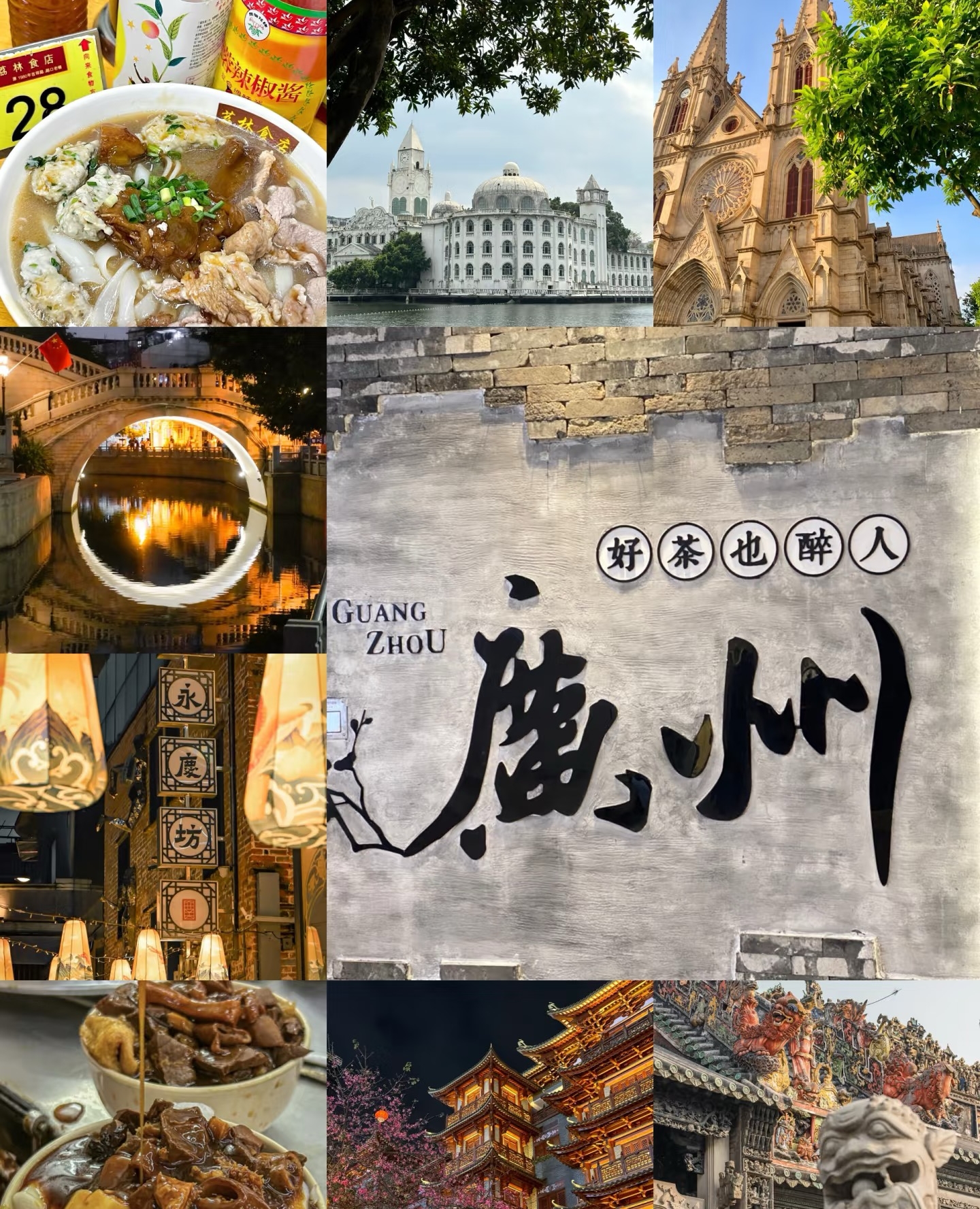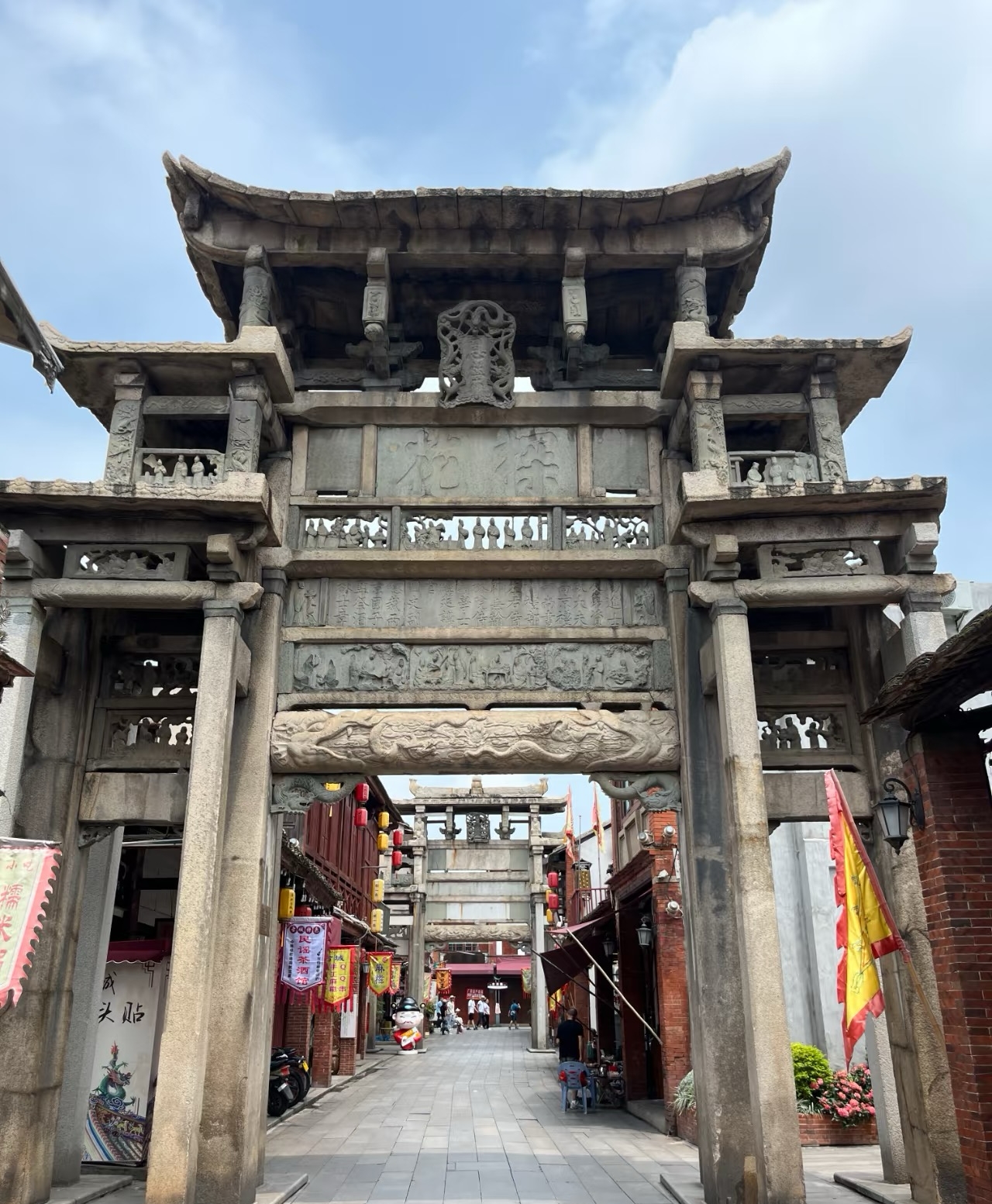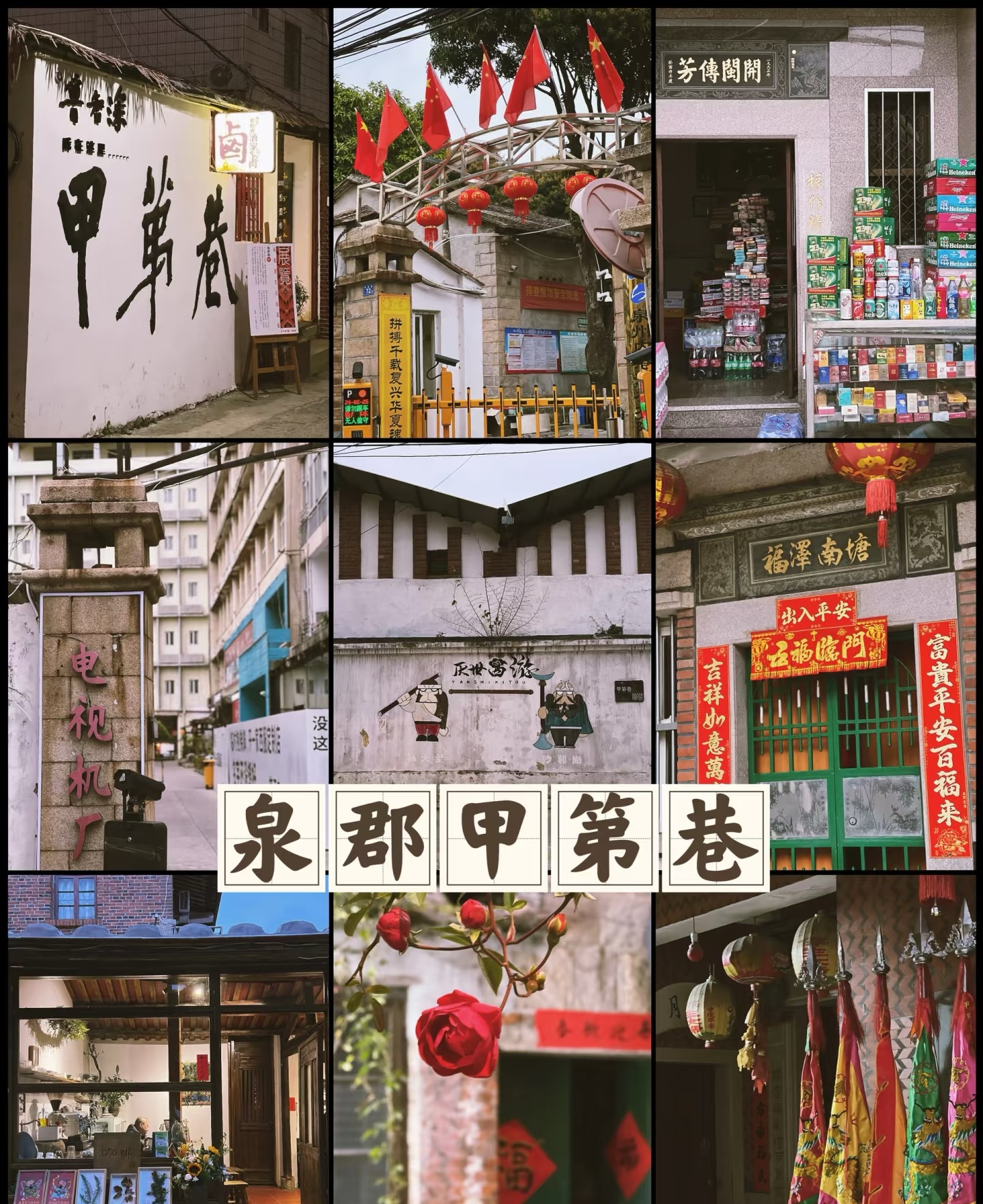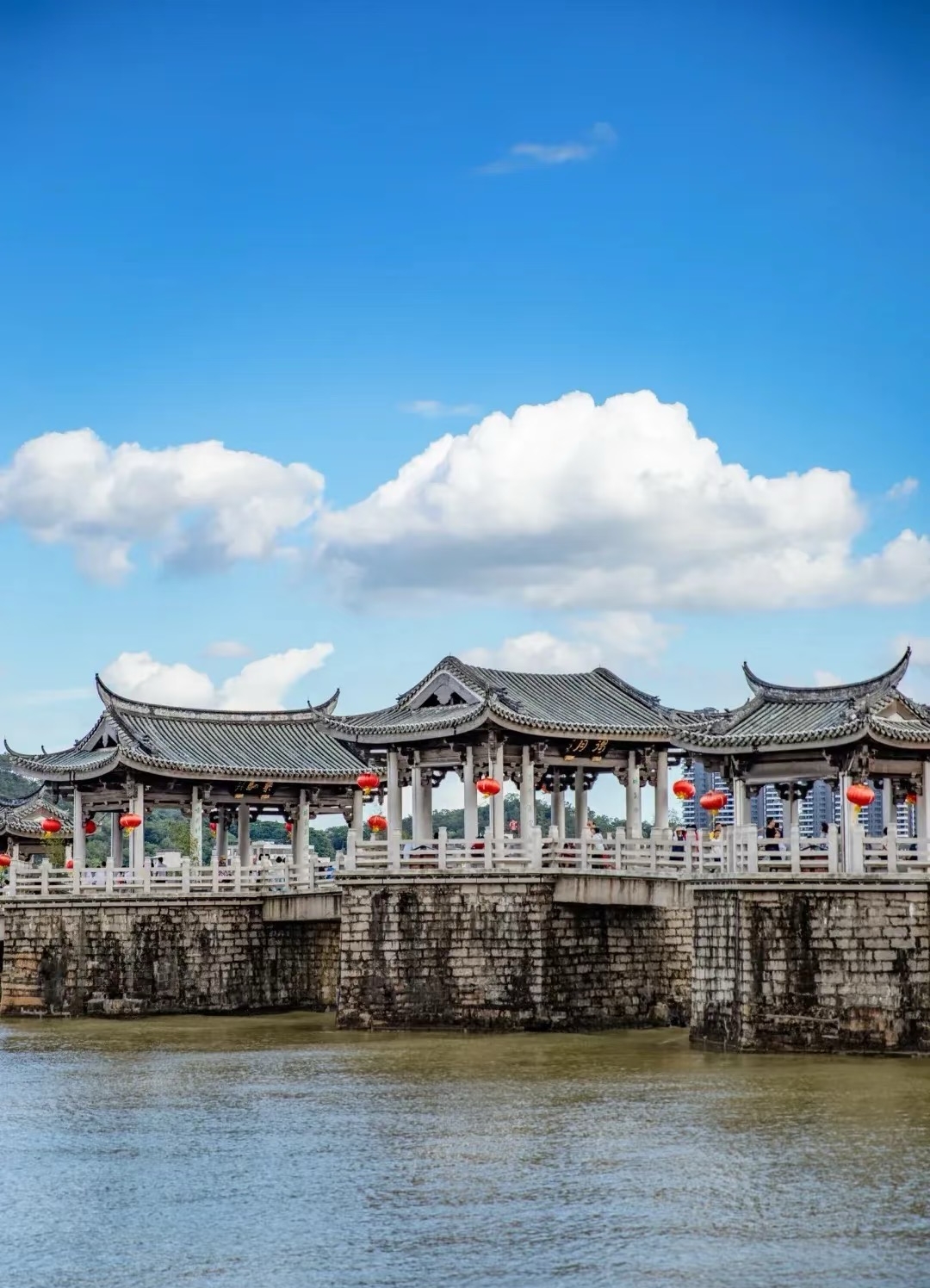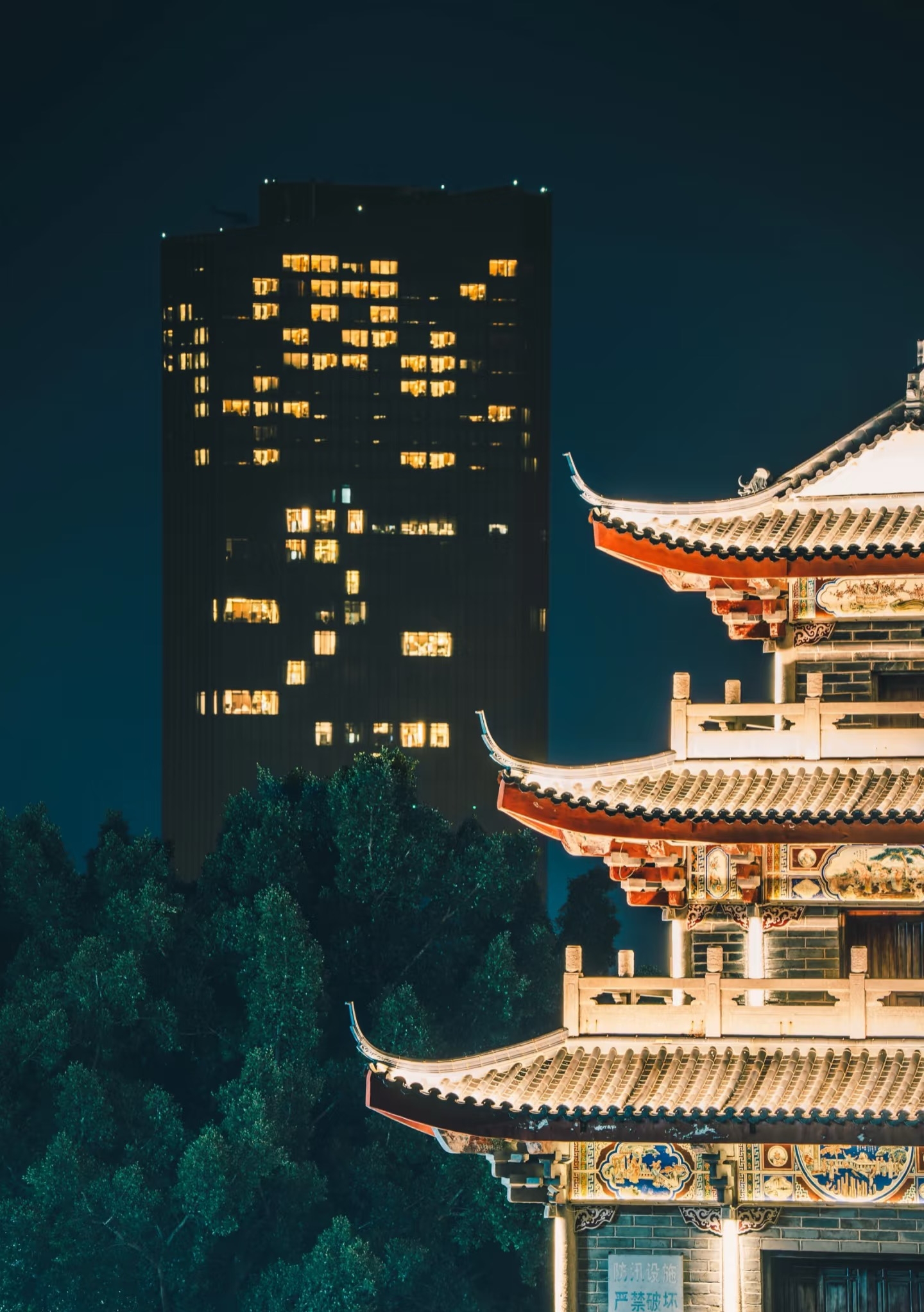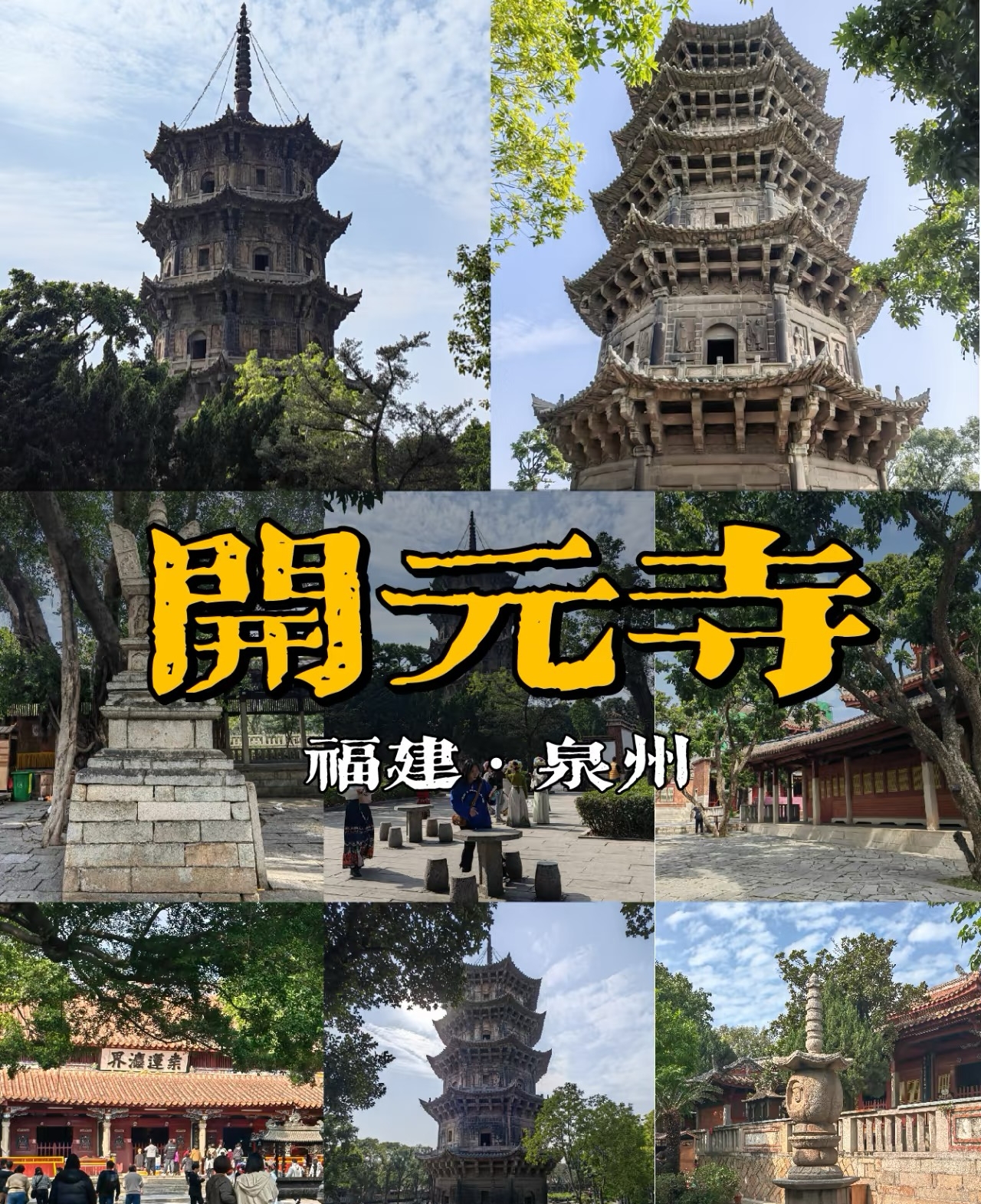

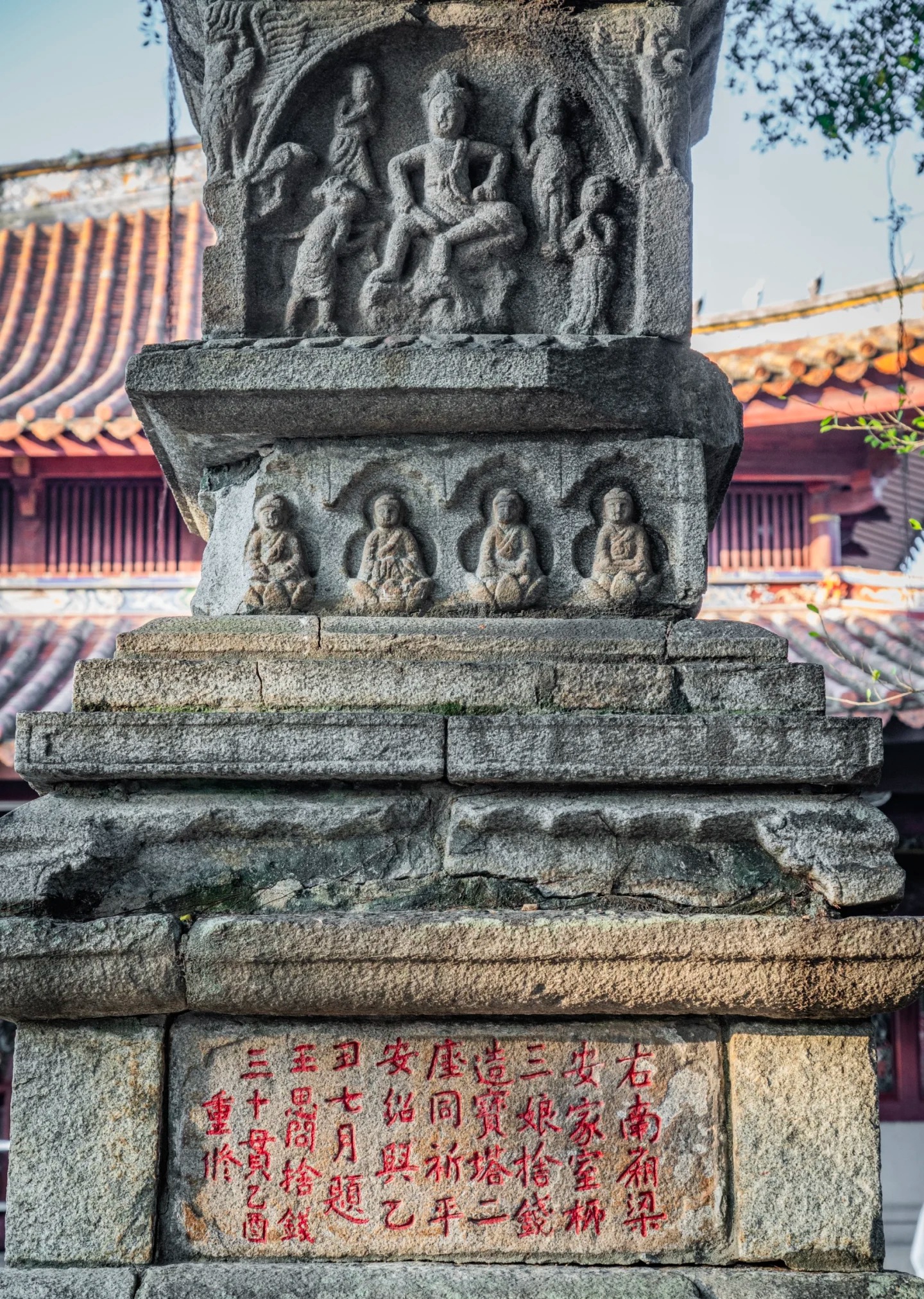
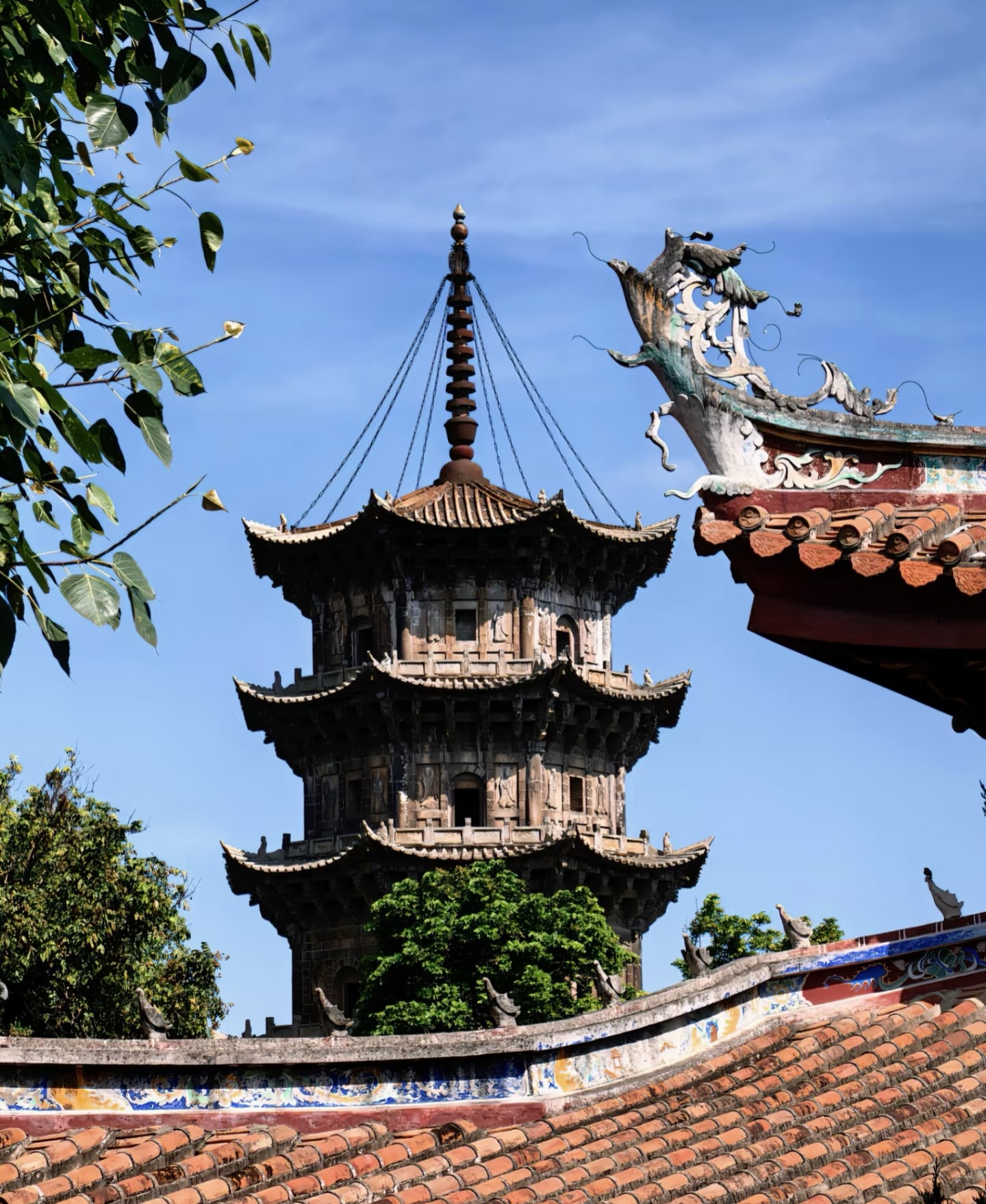
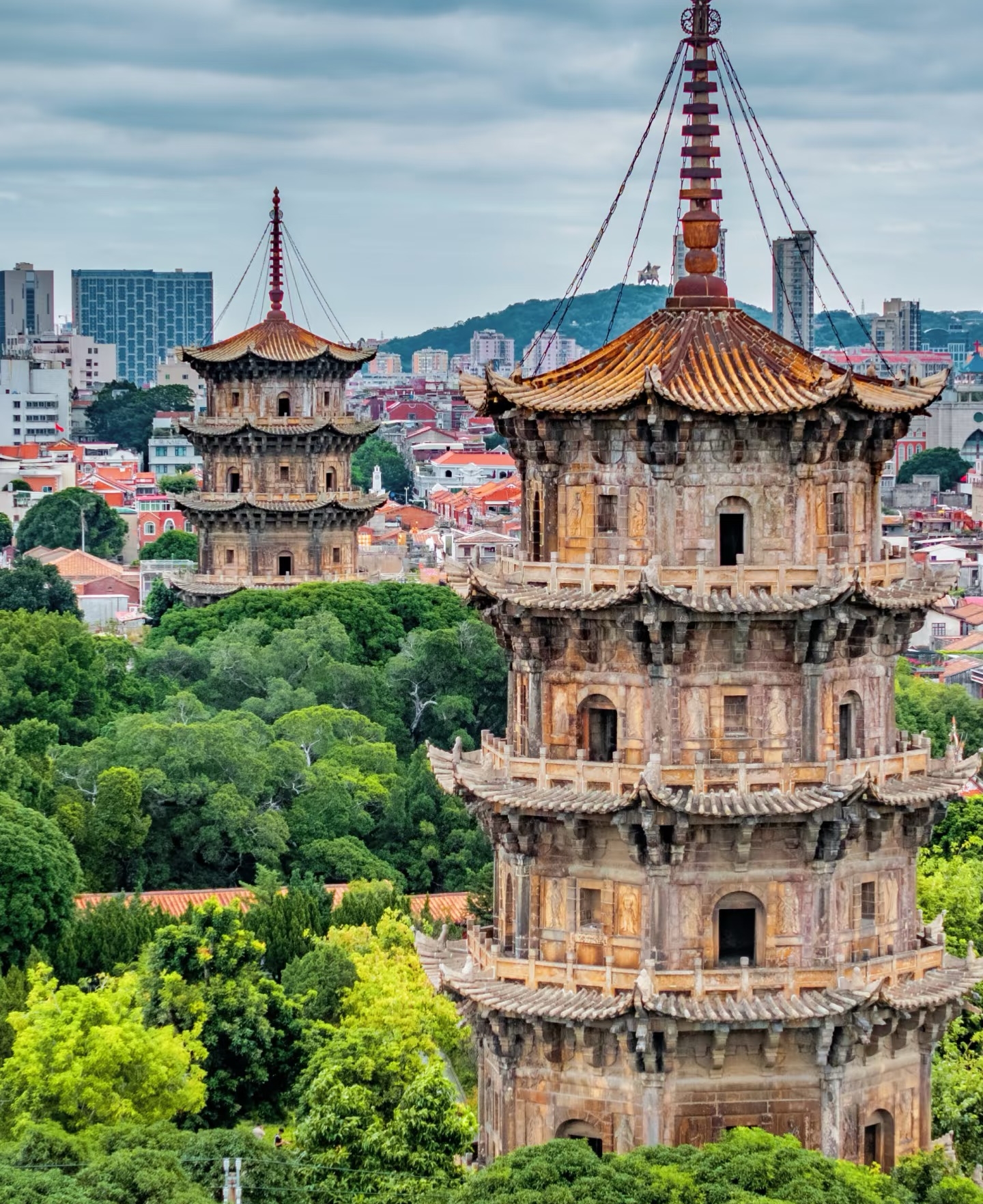
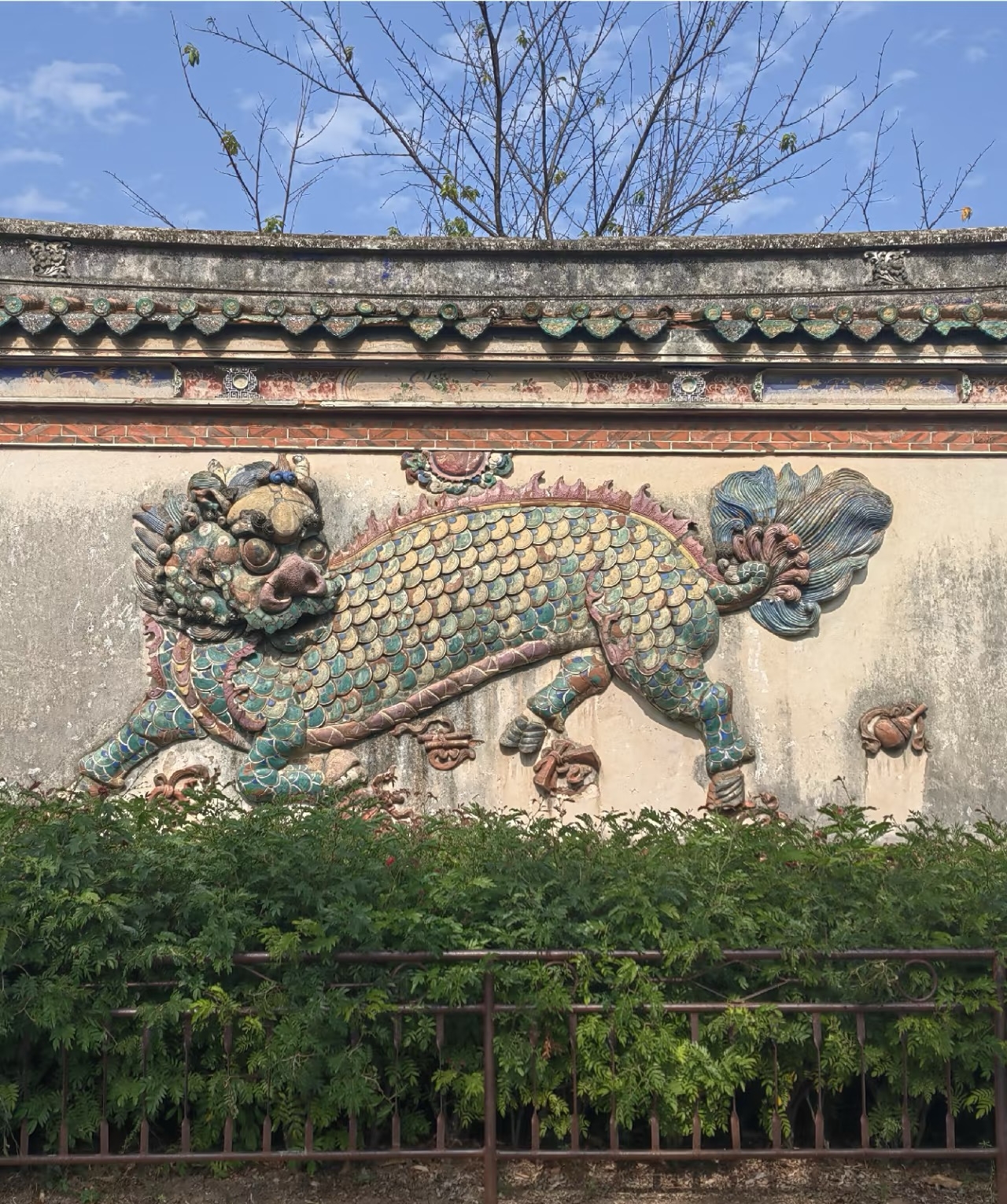
Kaiyuan Temple
Kaiyuan Temple is one of the most significant Buddhist temples in southern China, with a history dating back over 1,200 years to the Tang Dynasty. The temple complex features impressive halls, pagodas, and gardens, with the highlight being its pair of ancient stone pagodas. These octagonal structures, standing over 40 meters tall, are adorned with intricate carvings depicting Buddhist stories and are considered masterpieces of Tang Dynasty architecture.
Information
Ticket price
Time
Location
Kaiyuan Rd, Xiangqiao District, Chaozhou, Guangdong, China
View maps
More about the trip
Kaiyuan Temple: A Millennium of Buddhist Heritage in Chaozhou
Kaiyuan Temple is one of the most significant Buddhist temples in southern China, with a history dating back over 1,200 years to the Tang Dynasty. Located in the heart of Chaozhou's ancient city, the temple complex features impressive halls, pagodas, and gardens, with the highlight being its pair of ancient stone pagodas. These octagonal structures, standing over 40 meters tall, are adorned with intricate carvings depicting Buddhist stories and are considered masterpieces of Tang Dynasty architecture. It is an active place of worship and a serene oasis amidst the bustling city.
What to See and Do
Explore the Temple Complex: Wander through the various halls, including the Mahavira Hall (Daxiong Baodian) with its impressive Buddha statues, the Hall of Heavenly Kings, and the Sutra Collection Pavilion. Admire the traditional Buddhist architecture, intricate carvings, and serene atmosphere.
Twin Stone Pagodas: The most iconic feature of the temple is its pair of ancient stone pagodas, one on each side of the main hall. These octagonal pagodas are adorned with detailed carvings and are rare examples of Tang Dynasty stone architecture.
Ancient Trees: The temple grounds are home to ancient trees, including a Bodhi tree, adding to the serene and historical atmosphere.
Buddhist Culture: Observe monks going about their daily rituals, and learn about Buddhist philosophy and practices through the temple's various displays and inscriptions.
Photography: The traditional architecture and peaceful environment offer excellent photo opportunities.
Best Time to Visit
The temple is suitable for visiting year-round. Spring and autumn offer the most pleasant weather. Weekdays are generally less crowded than weekends and public holidays. Arrive in the morning to experience the temple's tranquility and observe the monks' morning rituals.
How to Get There
Kaiyuan Temple is located in Xiangqiao District, Chaozhou, within the ancient city. It is easily accessible by local buses and taxis from Chaozhou city center. It's a central landmark and a great starting point for exploring the ancient city.
Travel Tips
Dress modestly: As a religious site, it's respectful to dress modestly, covering shoulders and knees.
Respect the customs: Be quiet and respectful of worshippers. You can light incense as an offering if you wish.
Allow ample time: Plan for at least 1-2 hours to explore the temple thoroughly and soak in its peaceful atmosphere.
Combine with Paifang Street: The temple is located near Paifang Street, making it easy to visit both attractions together.

